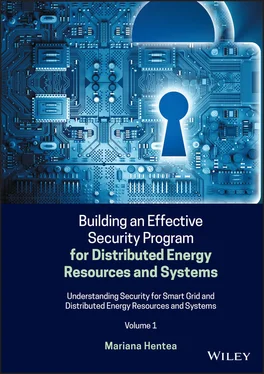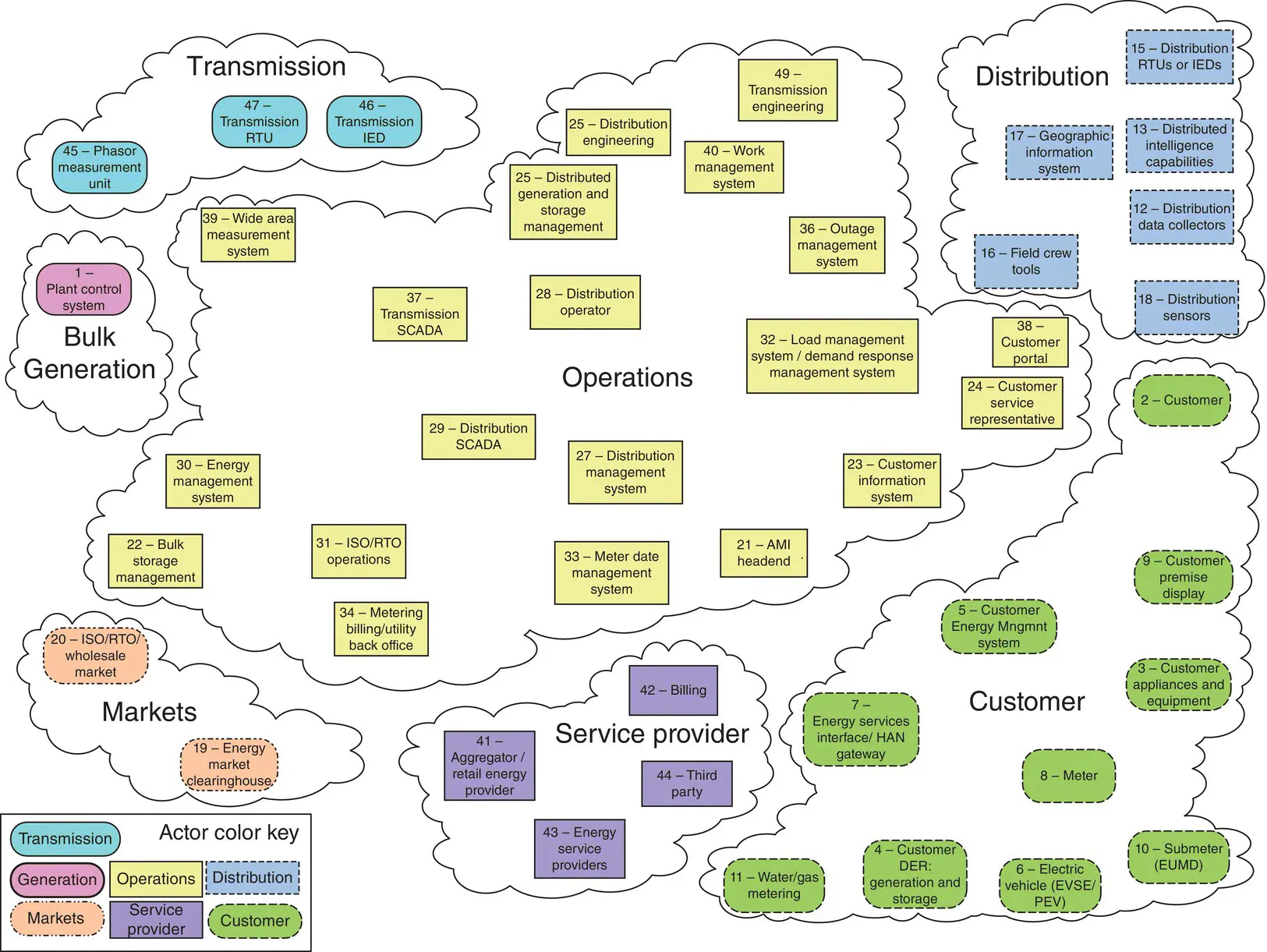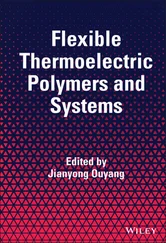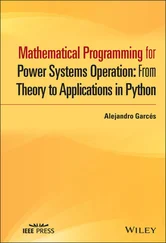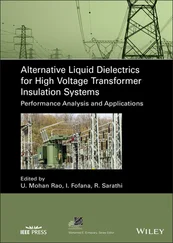The Smart Grid Roadmap [NIST SP1108r1] describes the conceptual reference model as a tool for discussing the characteristics, uses, behavior, and other elements of Smart Grid domains and the relationships among these elements. The model is a tool for identifying the standards and protocols needed to ensure interoperability and cybersecurity and defining and developing architectures for systems and subsystems within the Smart Grid.
Interoperability of a Smart Grid is the ability of diverse systems to work together, use the compatible parts, exchange information or equipment from each other, and work cooperatively to perform tasks. It enables integration, effective cooperation, and two‐way communications among the many interconnected elements of the Smart Grid.
The viewpoint depicted in the diagram provides a high‐level, overarching logical architecture representation of a few major relationships that existing applications have to Smart Grid domains. This diagram suggests what their possible communication paths could be in a Smart Grid. It is also a useful way to identify potential intra‐ and inter‐domain interactions between existing and new applications, along with capabilities enabled by these interactions.
To enable the Smart Grid functionality, the actors in a particular domain often interact with actors in other domains. Actors are devices, systems, or programs that make decisions and exchange information necessary for executing applications within the Smart Grid. Actors have the capability to make decisions and to exchange information with other actors. Organizations may have actors in more than one domain. Figure 1.9illustrates a composite view of actors within domains of the conceptual reference model.
Public Domain.
Information about the actors associated with the NIST conceptual reference model is provided in [NISTIR 7628r1], [NIST SP1108r3]. Table 1.2includes a list of selected actors and their description.
| Actor no |
Acronym |
Actor |
Actor description |
| 1 |
DCS |
Plant control system – distributed control system |
A local control system at a bulk generation plant. This is sometimes called a distributed control system (DCS) |
| 2 |
|
Customer |
An entity that pays for electrical goods or services. A customer of a utility, including customers who provide more power than they consume |
| 3 |
|
Customer appliances and equipment |
A device or instrument designed to perform a specific function, especially an electrical device, such as a toaster, for household use. An electric appliance or machinery that may have the ability to be monitored, controlled, and/or displayed |
| 4 |
DER |
Distributed energy resources (customer generation and storage) |
Energy generation resources, such as solar or wind, used to generate and store energy (located on a customer site) to interface to the controller (home area network/business area network [HAN/BAN]) to perform an energy‐related activity |
| 5 |
EMS |
Energy management system |
An application service or device that communicates with devices in the home. The application service or device may have interfaces to the meter to read usage data or to the operations domain to get pricing or other information to make automated or manual decisions to control energy consumption more efficiently. The EMS may be a utility subscription service, a third‐party offered service, a consumer‐specified policy, a consumer‐owned device, or a manual control by the utility or consumer |
| 6 |
PEV/EVSE |
Plug‐in electric vehicle/electric vehicle service element |
PEV is a vehicle propelled by an electric motor and powered by a rechargeable battery. It can be recharged using an external power source. When the external power source is the power grid, the EV is connected through the EVSE that provides power and communication |
| 7 |
HAN Gateway |
Home Area Network Gateway |
An interface between the distribution, operations, service provider, and customer domains and the devices within the customer domain |
| 8 |
|
Meter |
Point‐of‐sale device used for the transfer of product and measuring usage from one domain/system to another |
| 9 |
|
Customer Premise Display |
A device that displays usage and cost data to the customer on location |
| 11 |
|
Water/gas metering |
A point‐of‐sale device used for the transfer of product (water and gas) and measuring usage from one domain/system to another |
| 12 |
|
Distribution data collector |
A data concentrator collecting data from multiple sources and modifying/transforming it |
| 13 |
|
Distributed intelligence capabilities |
Advanced automated/intelligence application that operates in a normally autonomous mode from the centralized control system to increase reliability and responsiveness |
| 15 |
RTU/IED |
Distribution remote terminal unit/intelligent electronic device |
Receives data from sensors and power equipment and can issue control commands, such as tripping circuit breakers, if voltage, current, or frequency anomalies are identified, RTUs and/or IEDs can raise/lower voltage levels to maintain the desired voltage range |
| 17 |
GIS |
Geographic information system |
A spatial asset management system that provides utilities with asset information and network connectivity for advanced applications |
| 18 |
|
Distribution sensor |
A device that measures a physical process and converts it into a signal that can be read by an observer or by an instrument |
| 19 |
|
Energy Market Clearinghouse |
Wide area energy market operation system providing high‐level market signals for distribution companies (ISO/RTO and utility operations) |
| 21 |
AMI |
Advanced metering infrastructure headend |
This system manages the information exchanges between third‐party systems or systems not considered headend, such as the meter data management system (MDMS) and the AMI network |
| 22 |
|
Bulk storage management |
Provides management for energy storage connected to the bulk power system |
| 23 |
CIS |
Customer Information System |
Enterprise‐wide software applications that allow companies to manage aspects of their relationship with a customer |
| 25 |
|
Distributed generation and storage management |
Distributed generation is the process of generating electricity from many small local energy sources. Storage management enables the efficient integration of distributed generation sources into the grid |
| 27 |
DMS |
Distribution management systems |
A suite of application software that supports electric system operations. Example applications include topology processor, online three‐phase unbalanced distribution power flow, contingency analysis, study mode analysis, switch order management, short‐circuit analysis, Volt/VAR management, and loss analysis. These applications provide operations staff and engineering personnel additional information and tools to help accomplish their objectives |
| 29 |
SCADA |
Supervisory control and data acquisition |
A supervisory computerized system that that gathers and processes data and applies operational controls for distribution side systems used to control dispersed assets |
| 30 |
EMS |
Energy management system |
A system used by electric grid operators to monitor, control, and optimize the performance of the generation and/or transmission system |
| 32 |
LMS/DRMS |
Load management systems/demand response management system |
An LMS issues load management commands to appliances or equipment at customer locations in order to decrease load during peak or emergency situations. The DRMS issues pricing or other signals to appliances and equipment at customer locations in order to request customers (or their preprogrammed systems) to decrease or increase their loads in response to the signals |
| 33 |
MDMS |
Meter data management system |
System that stores meter data (e.g. energy usage, energy generation, meter logs, meter test results) and makes data available to authorized systems. This system is a component of the customer communication system. This may also be referred to as a billing meter |
| 34 |
|
Metering/billing/utility back office |
Back office utility systems for metering and billing |
| 36 |
|
Outage management system |
An OMS is a computer system used by operators of electric distribution systems to assist in outage identification and restoration of power. Major functions usually found in an OMS include: Listing all customers who have outages Prediction of location of fuse or breaker that opened upon failure Prioritizing restoration efforts and managing resources based upon criteria such as location of emergency facilities, size of outages, and duration of outages Providing information on extent of outages and number of customers impacted to management, media, and regulators Estimation of restoration time Management of crews assisting in restoration Calculation of crews required for restoration |
| 39 |
WAMS |
Wide area measurement system |
Communication system that monitors all phase measurements and substation equipment over a large geographical base that can use visual modeling and other techniques to provide system information to power system operators |
| 41 |
|
Aggregator/retail energy provider |
Any marketer, broker, public agency, city, county, or special district that combines the loads of multiple end‐use customers in facilitating the sale and purchase of electric energy, transmission, and other services on behalf of these customers |
| 42 |
|
Billing |
An entity that performs the function of generating an invoice to obtain payment from the customer |
| 43 |
ESP |
Energy service provider |
Provides retail electricity, natural gas, and clean energy options, along with energy efficiency products and services |
| 44 |
|
Third party |
A third party providing a business function outside of the utility |
| 45 |
PMU |
Phasor measurement unit |
A device that measures the electrical parameters of an electricity grid with respect to universal time (UTC) such as phase angle, amplitude, and frequency to determine the state of the system |
| 48 |
|
Security/network/system management |
An entity that monitors and configure the security, network, and system devices |
Figure 1.10shows a high‐level view of information network and existing applications mapped to Smart Grid domains. An information network is a collection, or aggregation, of interconnected computers, communication devices, and other information and communication technologies. Technologies in a network exchange information and share resources.
